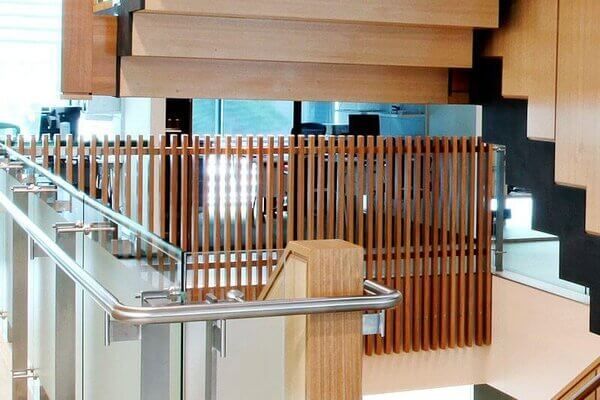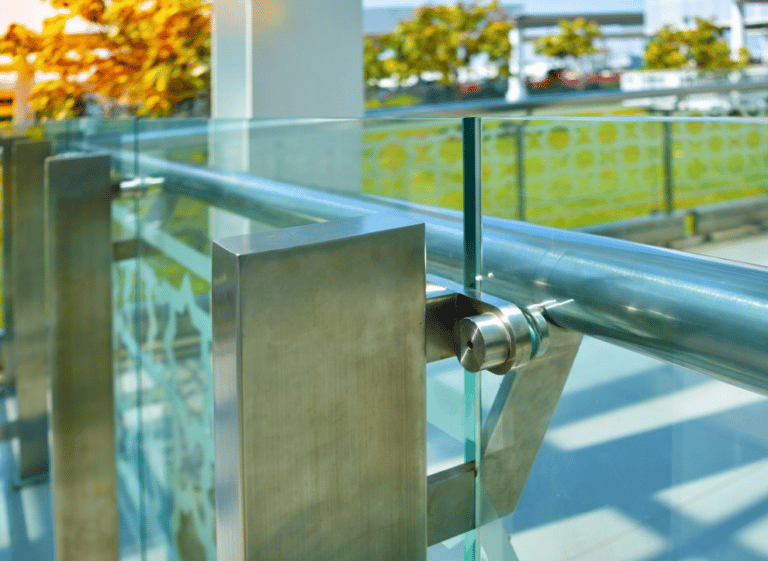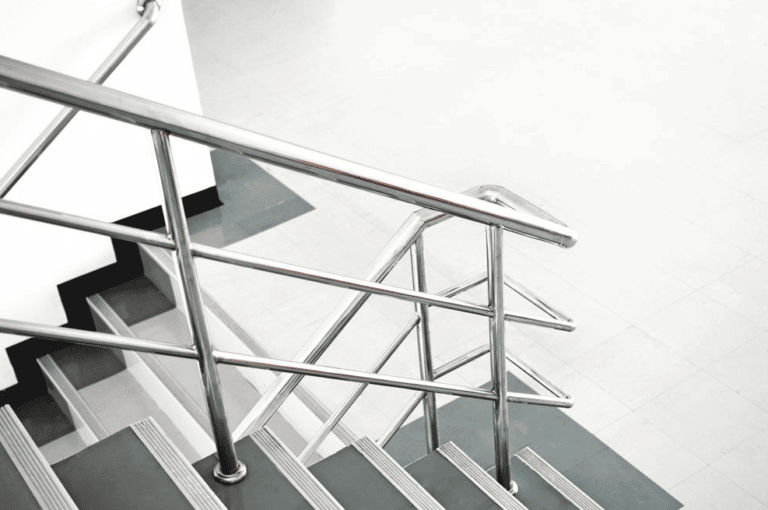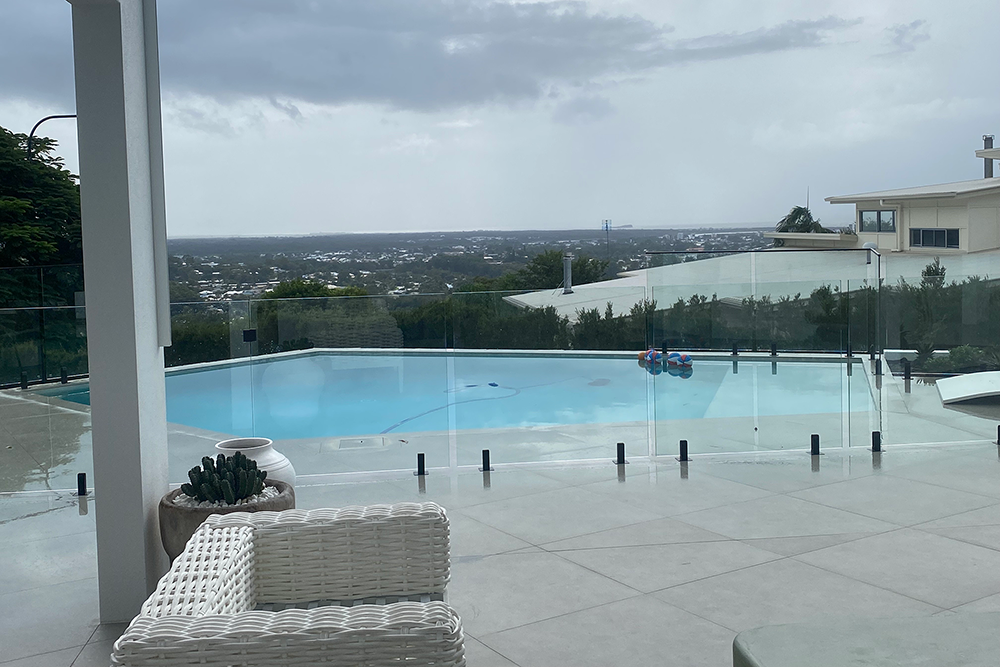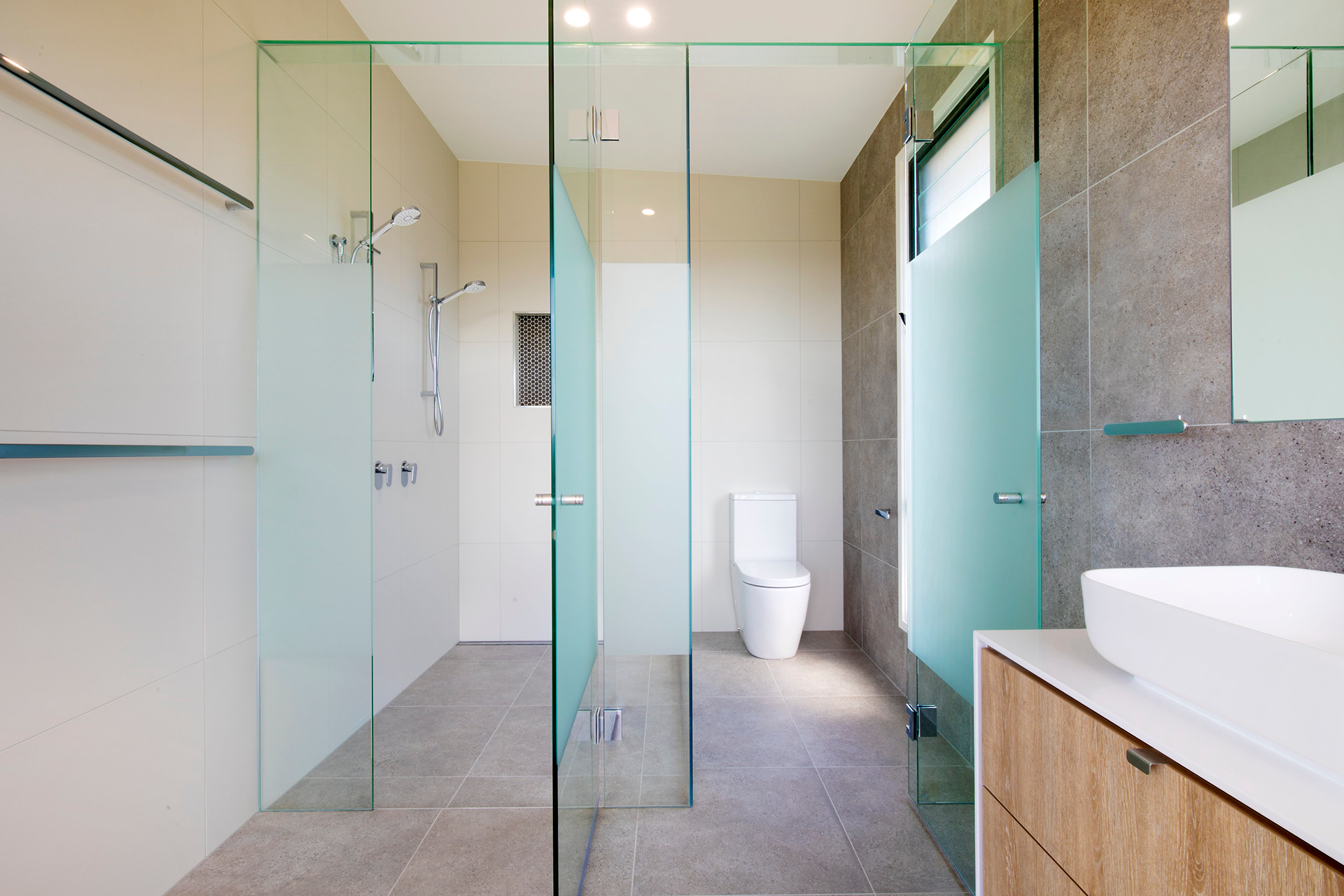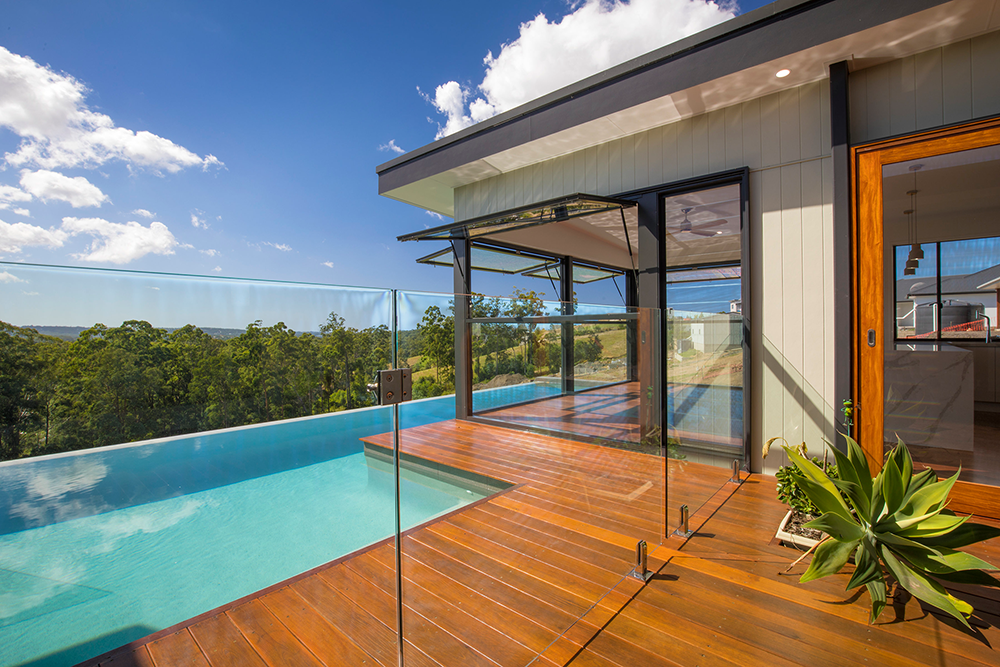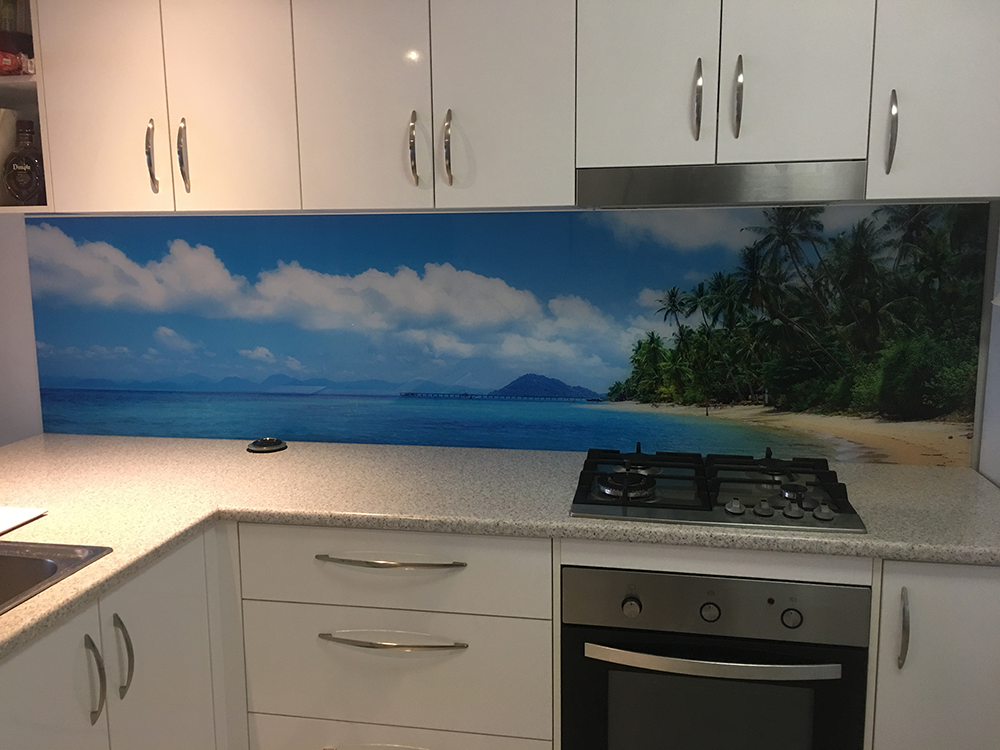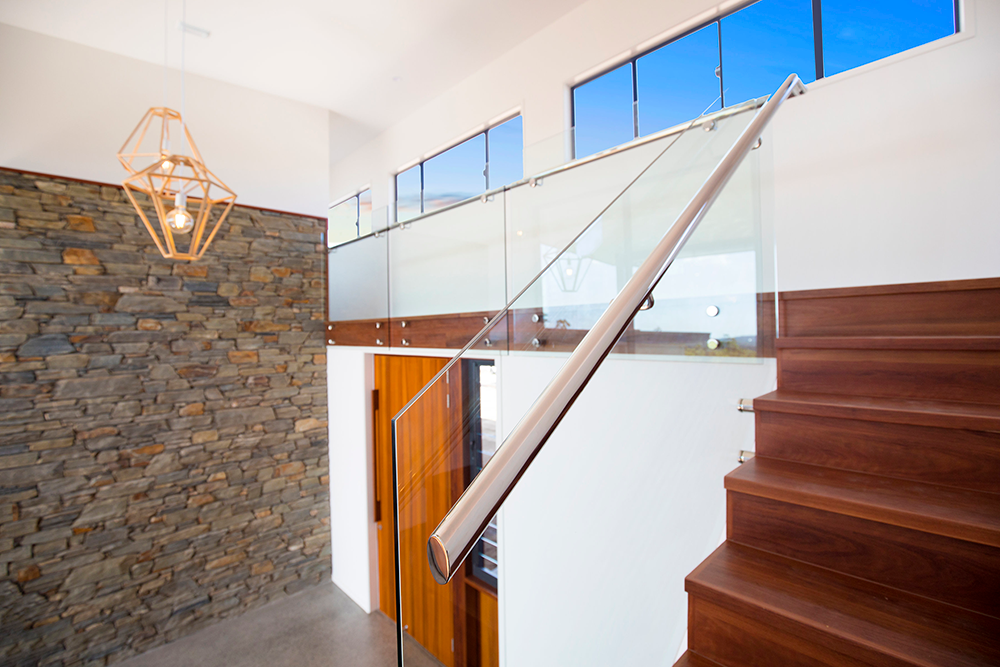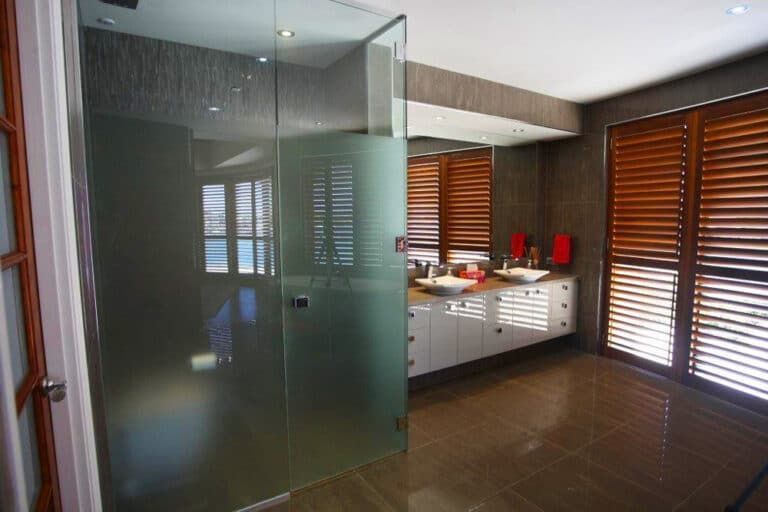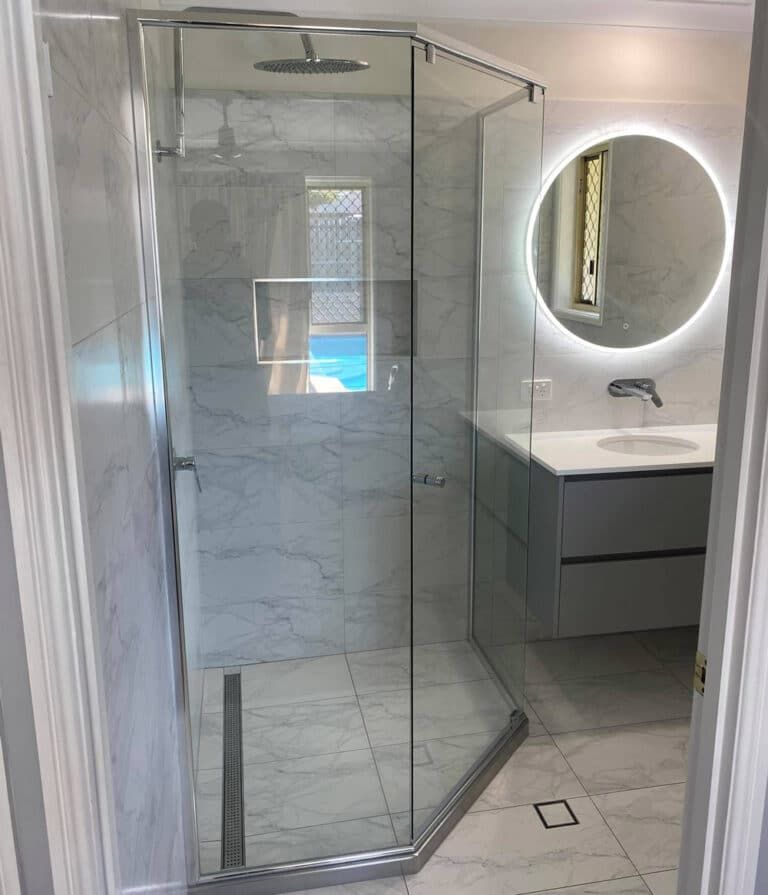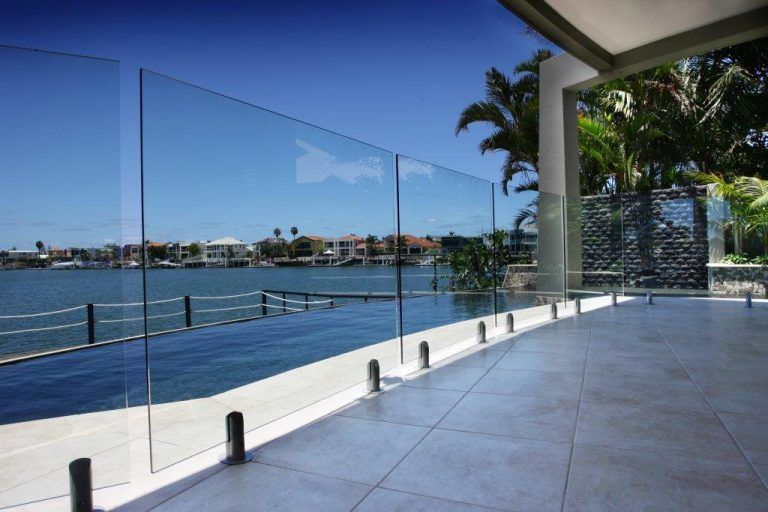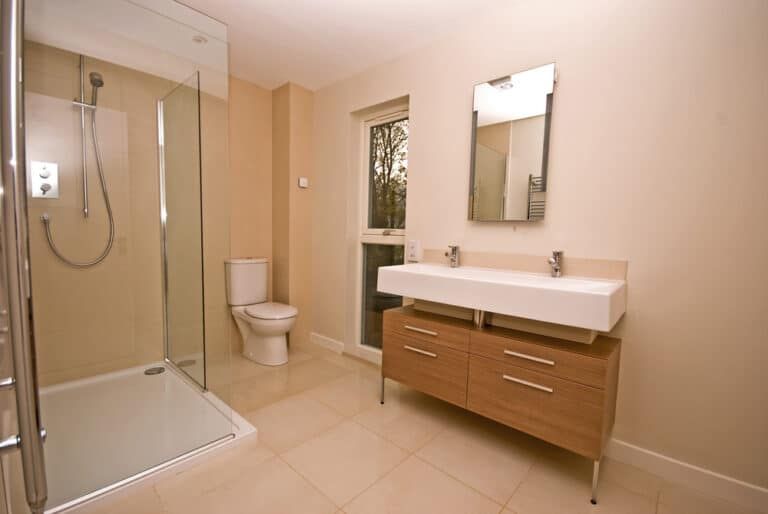Pros and Cons of Different Balustrade Materials
The balustrade is one of the most important aspects of your staircase because it sets the tone for the overall design. A traditional wood-turned balustrade has a traditional feel while a modern, sleek glass balustrade creates a more contemporary look.
There are hundreds of options available for balustrades, including different colours, shapes and materials. This allows you to easily create a unique and interesting design for your home, but it can also make choosing the right balustrade more difficult.
So in this blog, we are going to look at the three primary materials used to make balustrades. Each has its pros and cons, and understanding these will make choosing the right material much easier.
Wooden balustrades
Wooden balustrades are the most traditional material for balustrades. Wood is strong, durable and cost-effective, and it can also be carved to create intricate shapes and patterns. While wood is seen as a traditional material, it can also be used to create a contemporary look.
Wooden balustrades are available in both soft and hardwoods. Softwoods like pine and hemlock come in warm rich colours that have a traditional rustic feel. Softwood is also softer to touch, which makes it ideal for handrails. Hardwoods such as oak and mahogany have deeper richer colours and are more durable.
Another advantage of wood is that it can be stained or painted to enhance its appearance. This gives you an almost limitless range of options to create a staircase that complements your interior. You can even mix and match finishes and materials by painting the spindles and staining the handrail for example.
Pros
- Cost-effective
- Aesthetically pleasing
- Warm to touch
- Almost unlimited choice of colours and finishes
- Can be used to create contemporary or traditional interiors
Cons
- Needs regular maintenance
- Easily scratched or damaged
- Not suitable for very modern minimalist interiors
Glass balustrades
Glass is a popular balustrade material because it allows light to pass through and reflect around the room. This makes it ideal for staircases in entrance halls where natural light is limited. But glass also makes the staircase feel lighter and less obtrusive, so it’s ideal for staircases in lounge or kitchen areas.
Another advantage of glass is that it doesn’t require any maintenance. At most, it will require a quick wipe-down with a damp cloth to remove dust and stains. But no painting or staining is required. After its aesthetic appearance, this is one of the main advantages of glass balustrades.
One disadvantage of glass balustrades is that they can feel cold to touch. Some people prefer this sensation, but most prefer the soft, warm feel of wood. But nothing is stopping you from combining the two. You can have a glass balustrade finished with a wooden handrail, giving you the best of both worlds.
Pros
- Enhanced durability
- Doesn’t require painting or staining
- Can be translucent or opaque
- Allows more light into the room
- Can be used to create a beautiful contemporary staircase
Cons
- More expensive than timber
- Limited choice of colours
Metal balustrades
Metal allows you to create a unique and architecturally interesting balustrade. Metal is also stronger than wood so the individual spindles can be much thinner, which allows for a more elegant and less obtrusive design. The metal can also be painted or plated to create an almost limitless range of colours and finishes.
However, the extra fabrication required to make metal balustrades makes them more expensive than either glass or timber balustrades. And metal feels cold to touch, which puts some people off. However, much like glass balustrades, you can combine metal spindles with timber handrails to get the best of both worlds.
Pros
- Enhanced durability
- Lots of finishing options
- Can be used to create intricate designs
- Suitable for traditional or contemporary interiors
Cons
- More expensive than timber or glass
- Can feel too industrial for some homes
- Cold to touch
Looking for quality glass balustrades?
Are you looking for a new glass balustrade for your home? Frameless Glass Installations on the Sunshine Coast stocks a large range of internal and external glass balustrades. You can choose from a range of styles and finishes to complement your interior and we offer a complete made-to-measure and installation service.
Check out our range of glass balustrades or complete the contact form to arrange a FREE quotation today.

